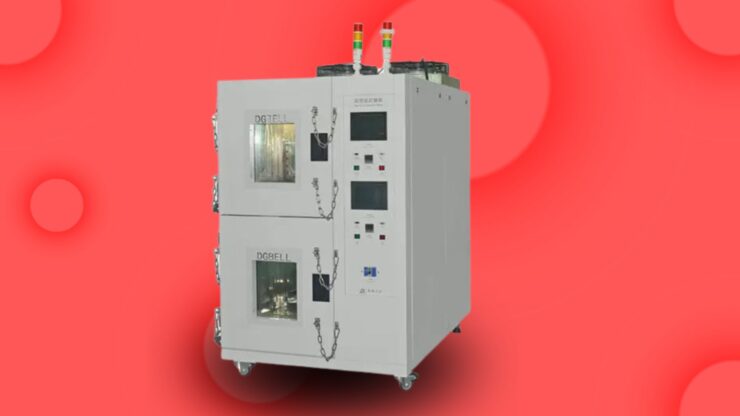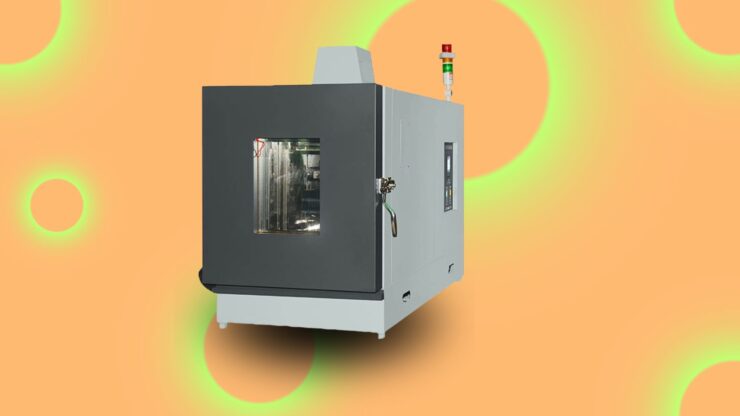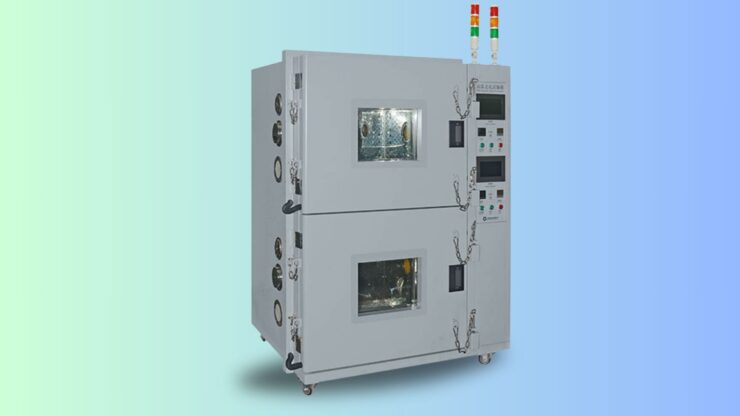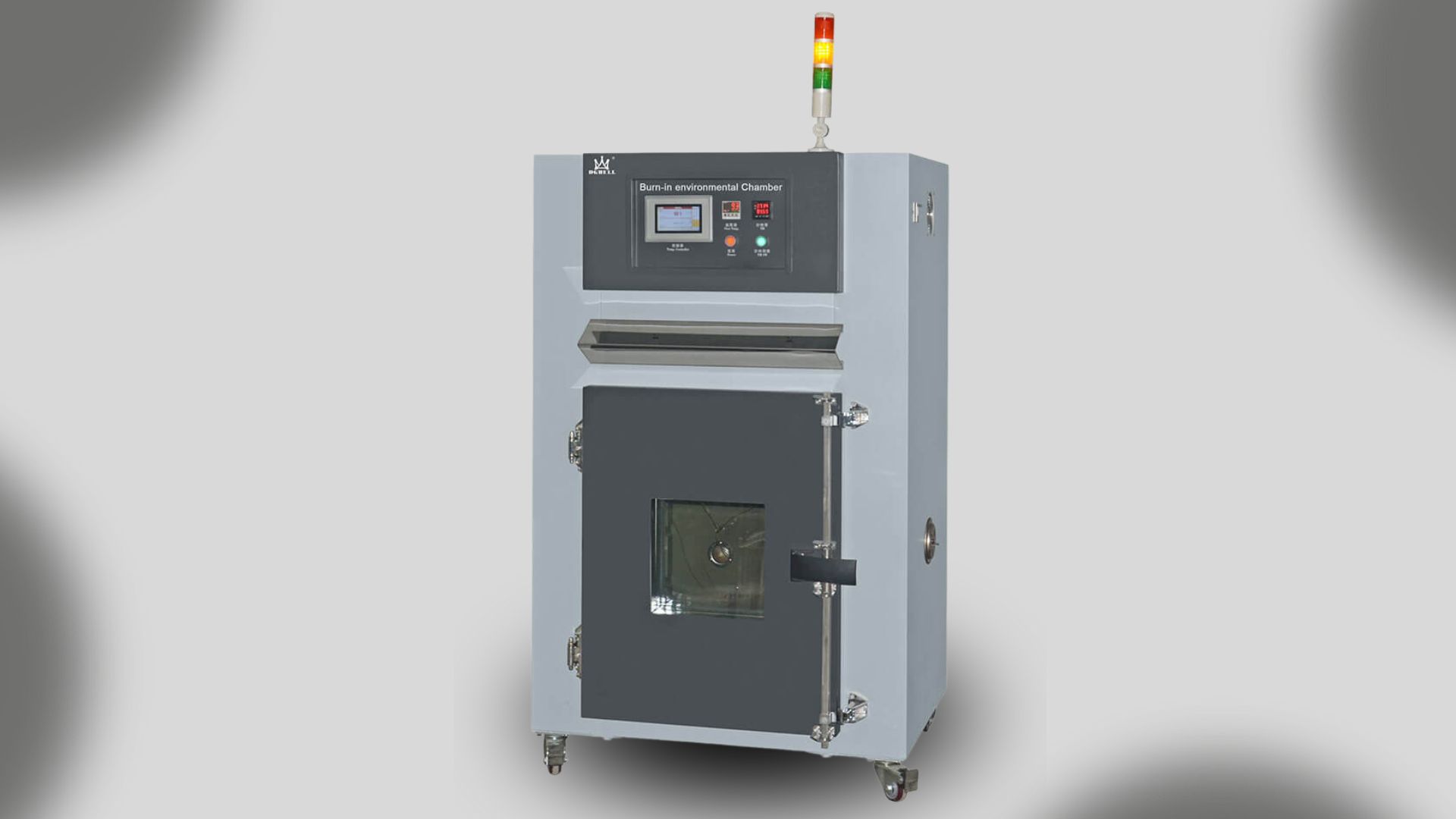Temperature humidity chambers are critical instruments in the realm of environmental testing, providing a controlled environment to evaluate the effects of various temperature and humidity conditions on materials, products, and biological items.
These chambers are pivotal in industries such as aerospace, automotive, electronics, and pharmaceuticals, ensuring that products can withstand extreme conditions they might encounter during their lifecycle.
This guide delves into the intricacies of how these chambers work, their components, applications, and the underlying principles that allow them to simulate diverse environmental conditions.
Table of Contents
The Essence of Simulation

At the heart of a temperature humidity chamber is the capability to simulate a wide range of environmental conditions. These chambers can recreate temperatures that range from the chilling sub-zero levels to the scorching highs that exceed the hottest deserts.
Humidity levels can also be adjusted from dry, arid conditions to the most saturated, mimicking environments from desert dryness to tropical humidity. This simulation is crucial for testing the resilience and longevity of products under various environmental stresses.
Core Components
The operation of temperature humidity chambers hinges on several core components, each playing a pivotal role in achieving and maintaining the desired conditions:
- Heating System: Typically, electric heaters are employed to generate the required heat within the chamber. These heaters are strategically placed and controlled with precision to ensure uniform temperature distribution.
- Cooling System: Cooling in these chambers is usually achieved through mechanical refrigeration, often involving compressors, condensers, and evaporators working in concert. Some advanced chambers also use liquid nitrogen or carbon dioxide as cooling agents for rapid temperature decreases.
- Humidification System: This system introduces moisture into the chamber to achieve the desired humidity levels. Methods vary, with some systems using steam generators, while others atomize water directly into the chamber’s air stream.
- Dehumidification System: To lower humidity, chambers often use condensation on cooling coils or employ desiccant materials that absorb moisture from the air.
- Control System: The brain of the operation, this system monitors the internal conditions of the chamber and adjusts the heating, cooling, and humidity based on predefined test parameters. It ensures that the desired environmental conditions are precisely met and maintained throughout the test duration.
Take a look at this website to learn more about temperature and humidity test chamber components.
The Interplay of Heating and Cooling
One of the marvels of temperature humidity chambers is their ability to rapidly transition between different temperature states, a process that demands a delicate balance between the heating and cooling systems. The chamber’s insulation plays a crucial role here, minimizing energy loss and ensuring that temperature changes are both swift and efficient.
When a test requires cooling, the refrigeration system kicks in, absorbing heat from the chamber’s interior. The heat is then expelled to the outside environment, usually through a condenser. For heating, the electric heaters raise the chamber’s temperature by radiating heat, which is then distributed evenly throughout the chamber by fans or air circulation systems.
Mastering Humidity
Achieving precise humidity levels is a complex dance of adding and removing moisture from the chamber. Humidification often involves injecting steam or mist into the chamber, with the amount controlled based on real-time humidity measurements. Dehumidification, on the other hand, requires cooling parts of the chamber to condense moisture out of the air or using desiccants to absorb it.
The control system continuously monitors the humidity levels, making adjustments to the humidification and dehumidification systems to stay within the target parameters. This feedback loop is vital for maintaining the correct balance, especially in tests where humidity levels are critical.
Advanced Control Systems

Modern temperature humidity chambers are equipped with sophisticated control systems that allow for precise regulation of environmental conditions. These systems can be programmed with complex test profiles, which can include cycles of varying temperatures and humidities to mimic real-world conditions or regulatory test standards.
The controllers also play a crucial role in safety, equipped with alarms and shutdown features to protect both the test specimens and the chamber itself in case of malfunctions or conditions that exceed the chamber’s operational limits.
Ensuring Uniform Conditions
Uniformity of temperature and humidity within the chamber is essential for accurate and reliable testing. This is achieved through careful design of the chamber’s interior, including the placement of heaters, cooling elements, and humidity controls, as well as the use of fans or air circulation systems to distribute the air evenly throughout the chamber.
The chamber’s insulation also contributes to uniformity by preventing external environmental conditions from influencing the internal environment, ensuring that the only changes within the chamber are those controlled by the system.
Applications Across Industries

The versatility of temperature humidity chambers makes them indispensable across a broad spectrum of industries. In the aerospace sector, components and materials are tested to ensure they can withstand the extreme conditions encountered at high altitudes. The automotive industry relies on these chambers to test vehicles and components for reliability in varying climates, from the heat of the desert to the cold of arctic winters.
Electronics manufacturers use these chambers to test devices for performance and durability in different humidity and temperature conditions, ensuring that products will function reliably in the hands of consumers across the globe. The pharmaceutical industry also benefits, using these chambers to test the stability of medications under various storage conditions, ensuring their efficacy and safety.
The Future of Environmental Testing
As technology advances, so too do the capabilities of temperature humidity chambers. We’re seeing the integration of more sophisticated control systems, improved energy efficiency, and the use of alternative refrigerants to reduce environmental impact. The future of these chambers lies in their ability to simulate increasingly complex and specific environmental conditions, providing even more accurate and reliable testing to meet the evolving needs of industries around the world.
Closing Thoughts
Temperature humidity chambers are marvels of engineering, capable of recreating a vast array of environmental conditions within their confines. Through the intricate interplay of heating, cooling, humidification, and dehumidification systems, controlled by sophisticated feedback loops, these chambers provide invaluable data on how products and materials will perform under various environmental stresses.
Their role in ensuring the reliability, safety, and durability of a wide range of products cannot be overstated, making them a cornerstone of modern manufacturing and product development processes. As we move forward, the evolution of these chambers will continue to play a pivotal role in pushing the boundaries of what is possible in environmental simulation and testing.
Related Posts:
- How to Work With Your Kids School to Curb Bad Habits…
- Memorable Unique Squad Name Ideas - For Work & Friends Teams
- Hottest Countries in the World 2024: Chasing Sunsets Guide
- What Medical Conditions Qualify for Long-Term…
- How Much Does A Tiny Home Cost In 2024? Price Guide
- Essential NYC Move Guide: 10 Things to Know Before…














